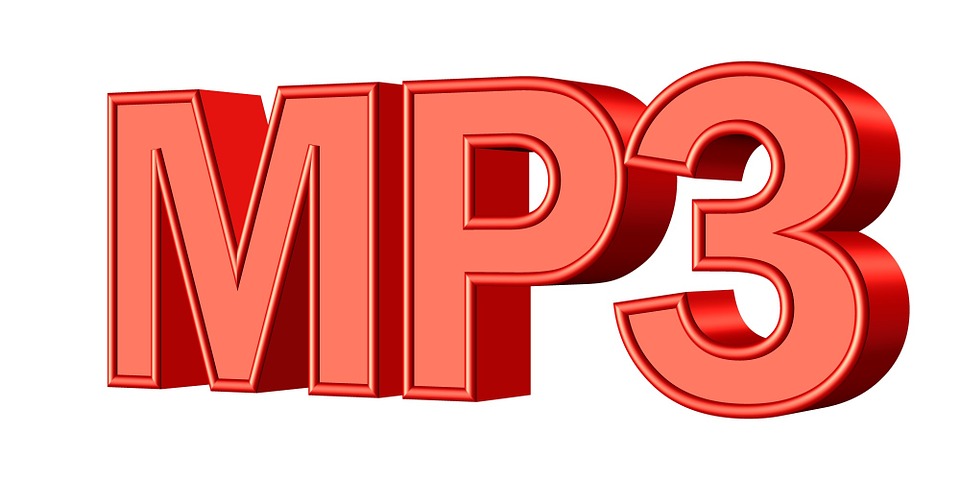MP3 Vs. Wav: How To Train Your Ears To Tell The Difference

*This article may contain links to affiliate products & services. We have reviewed these services to try and ensure the highest quality recommendations*
Written by Jaron Lewis
What is the difference between MP3 and WAV? This is something that is very important for a musician to know. Does MP3 or WAV have better quality? Do a MP3 vs. WAV test to see just how well you do identifying each of these different audio files. These are things that will be addressed in this article because knowing which one is better will have an impact on the quality of music that you are distributing. There are advantages and disadvantages of each of these options which is why musicians do use both but often for different reasons.
MP3
When MP3s were first introduced, they truly revolutionized the music industry. The MP3 will encode the file in order to decide what to keep based on a few factors. One, it will hide some of the quieter sounds knowing that there are some sounds louder than others as to get rid of a sense of “hidden music”. It will also remove frequencies that may not be heard by the human ear. This file will continue to get decompressed until it reaches the smaller, more desirable file size that people are looking for.
As far as the advantages go, the biggest one is the file size. This size makes them the standard for consumers today as they can hold more files on their libraries and mobile devices as well as allowing the music to be distributed much easier online. When the files are compressed, most ears cannot notice the difference in sound quality. These files are also easy to convert to a WAV file as needed with software. As for the disadvantages, you are sacrificing the sound quality of your file by choosing MP3. This is also not the format that you want to use if you are editing your music.
WAV
WAV is a simple file format that was created in 1991 for people to use with Windows 3.1. This file takes the audio signal and converts it to binary data using an analog to digital converter, which essentially takes snapshots pieces thousands of times each second. To put this into perspective, the typical CD audio will record at 44.1 kHz, which translates to 44,100 of these slices each second. The audio frequency can be up to between 20 Hz and 20 kHz. There are a lot of advantages and uses for this older format today.
Firstly and probably most importantly, it has a lossless and accurate format to it, which means that you will not lose any audio quality in your recording. It is also a basic format, which makes mixing the music a lot easier. You will also get a more dynamic range with WAV. There are some downsides with this. WAV files are quite large, which makes them less desirable for streaming.
Wrapping Up
As you can see, both of these file types have a purpose in this industry. Depending on what you are doing with the files, such as distribution or editing, you will choose different files for that purpose. As far as training your ears to tell the difference, you need to be a practiced audiophile to be able to hear the frequency differences. As you listen to your files in each of the formats, you will quickly learn these distinct differences.
When your song is ready to go, it's time to start promoting it to potential fans! Omari has the best organic promotion services money can buy. With packages for Spotify, TikTok, Instagram, and YouTube, we will get your music the traffic and attention it deserves! Click below for more information.
SPEAK YOUR MIND
How This INDIE Artist Got Over 67,598,275 Streams On ONE Song
Join the No-Nonsense Music Marketing Newsletter to get the most valuable weekly case studies and strategies to grow your music business!




